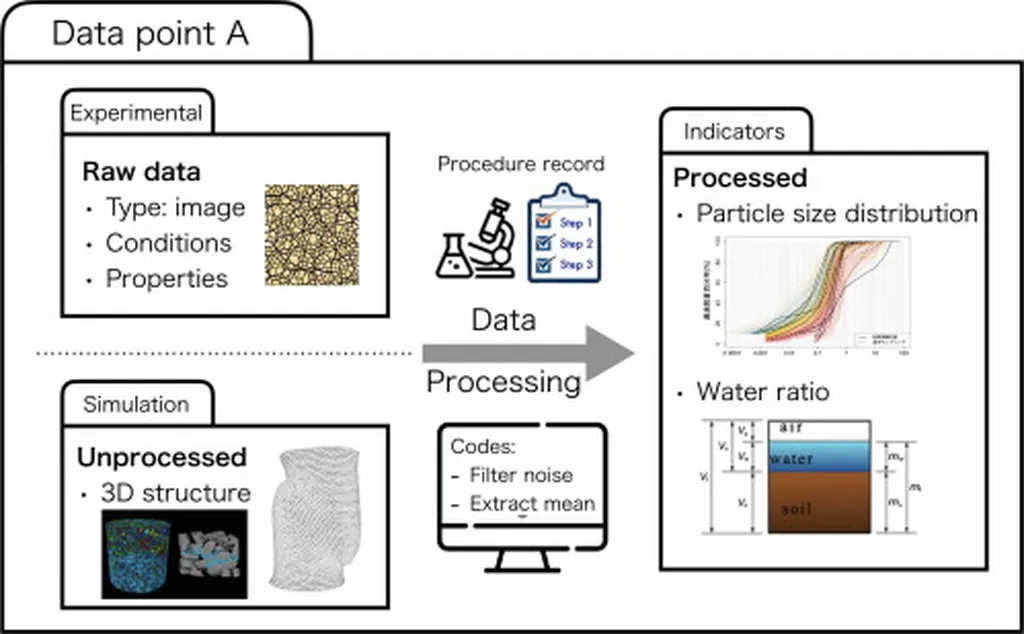In the ever-evolving landscape of construction and infrastructure development, the ability to efficiently manage and extract data from geotechnical investigation reports is a game-changer. A groundbreaking study led by Jimin Park from the School of Civil and Environmental Engineering at Yonsei University in Seoul, South Korea, has introduced an automated framework that promises to revolutionize how we handle these critical documents. Published in the journal *Developments in the Built Environment* (translated as “Advances in the Built Environment”), this research leverages artificial intelligence, text mining techniques, and rule-based algorithms to transform unstructured geotechnical reports into structured digital databases.
Geotechnical investigation reports are essential for infrastructure projects, providing crucial engineering properties that inform construction decisions. However, these reports are often generated in inconsistent and unstructured formats, making manual data extraction a time-consuming and error-prone process. Park’s framework addresses this challenge head-on. “Our goal was to create a system that could automatically convert these unstructured reports into a structured format, enhancing data flexibility and utility,” Park explained. The framework employs a hybrid approach combining a convolutional neural network (CNN) and a text mining algorithm for page classification, followed by page layout analysis to identify components such as titles, text, tables, and figures. Systematic rule-based data extraction then generates structured databases, significantly speeding up the process and reducing human error.
The implications for the energy sector are profound. Efficient data extraction from geotechnical reports can streamline project planning, reduce costs, and enhance the accuracy of construction and maintenance activities. “This framework not only saves time but also ensures that the data is accurate and readily accessible for further analysis,” Park added. The ability to quickly and accurately extract data from these reports can lead to more informed decision-making, ultimately improving the efficiency and safety of energy infrastructure projects.
The framework’s efficiency is noteworthy. It can extract data from the test set within seconds without errors, a feat that underscores its potential for widespread adoption. Moreover, the framework’s adaptability means it can be extended to other unstructured engineering documents, further enhancing data-driven processes in construction projects. “The potential applications are vast,” Park noted. “From energy projects to civil engineering, this technology can transform how we manage and utilize critical data.”
As the construction and energy sectors continue to evolve, the need for efficient data management becomes increasingly apparent. Park’s research offers a glimpse into a future where automated data extraction frameworks play a pivotal role in shaping infrastructure development. With the framework’s ability to handle unstructured data with remarkable accuracy and speed, it is poised to become an indispensable tool for professionals in the field. The publication of this research in *Developments in the Built Environment* highlights its significance and potential impact on the industry.
In a world where data is king, Park’s innovative approach to geotechnical data extraction is a beacon of progress. As the energy sector continues to push the boundaries of what is possible, this research stands as a testament to the power of technology in driving efficiency and accuracy. The future of construction and energy infrastructure is bright, and with tools like Park’s framework, the path forward is clearer than ever.

